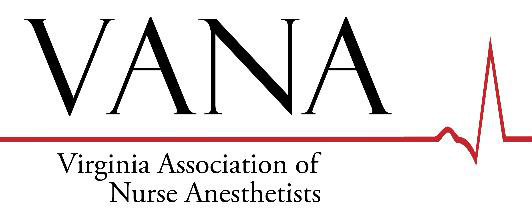Bylaws – Hospitals and Medical Centers
Understanding the bylaws at your hospital or medical center is essential for anyone working within the healthcare system, especially advanced practice providers like SRNAs (Student Registered Nurse Anesthetists) and CRNAs (Certified Registered Nurse Anesthetists). Bylaws explain how decisions are made, what’s expected of medical staff, how problems are handled, and how patient care should be delivered. Knowing these rules can help you work more confidently, avoid mistakes, and protect yourself professionally.
Bylaws are also critical for understanding if your facility can move to an independent model of anesthesia delivery or if you can practice without medical direction or supervision from a physician anesthesiologist. Knowing your bylaws is critical in all circumstances, but especially in anesthesia care team models where you may be compelled to offer to run a room with the surgeon providing “medical supervision,” so that cases are not put on hold until the physician anesthesiologist is available. This is often written in the bylaws.
The responsibility for approving and amending hospital bylaws typically falls to the administrator. But before that happens, changes are often proposed and discussed by a governing medical staff body before being passed on to a board of directors for final approval. This way, both administrators and healthcare workers have a say in how things operate and how care is delivered.
The facility administrator drafts the bylaw change, proposes the change to the medical director and medical executive committee and, with their approval, will send to the board for approval. If the bylaw amendment is a major financial change, there may be a requirement for full partner vote, which involves 80% of the full partnership (determined by partner shares).
Bylaws review timelines vary from hospital to hospital and practice to practice, but they can be updated sooner or often if something urgent comes up, like the passage of a new law or an internal policy change.
If there’s a disagreement between medical staff and hospital leadership, the bylaws include steps for resolving it. This might involve meetings, reviews by a committee, or a formal process to work things out fairly. The bylaws serve as a neutral reference point, helping resolve disagreements in a fair and consistent manner.
For practitioners, a lack of understanding of the bylaws can be more than just inconvenient—it can be risky. In cases where CRNAs are facing discipline, your case may be brought before the medical executive committee, which should be made up of your peers. It is critical this committee include advanced practice clinicians, in addition to physicians and administrators, to protect the rights of CRNAs, but the responsibility doesn’t end there. Without knowing the rights, duties, and procedures in place to protect you, you may unknowingly violate policy, miss out on opportunities for advancement, or fail to advocate effectively for yourself or your patients. This is especially true for CRNAs seeking to expand their scope of practice. By leveraging the language and structure of the bylaws, CRNAs can advocate for broader clinical roles or new responsibilities, aligning these requests with hospital goals and patient care standards.
Bylaws also shape how students learn in hospitals. They explain what students can and can’t do, how much supervision they need, and what their responsibilities are. For students, understanding these rules is key to staying safe, legal, and professional.
SRNAs or CRNAs who want to read the hospital’s bylaws can usually find them on the hospital’s internal website or from your practice’s human resources department. Updates are often shared on a regular basis.
If you want to be part of the conversations about changing the bylaws, ask about joining a committee or sitting in on meetings. Being involved helps you understand the bigger picture and gives you a voice to advocate for your profession.
Finally, even though patients don’t usually read bylaws, they are still impacted by them. When healthcare workers follow clear rules, it leads to better care and more trust. Patients always benefit when their medical team understands the bylaws that guide their care.
So whether you’re just starting out or already practicing, understand that bylaws guide your practice to help you do your job better, advocate for yourself, and provide safer care for your patients.
Holly Price MS, CRNA contributed to the development of this article.

